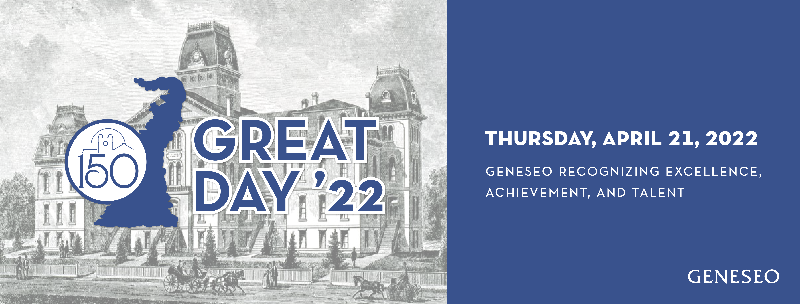
Submission Type
Poster
Start Date
4-21-2022
Abstract
Retrotransposable elements are selfish DNA elements that replicate within a host genome through an RNA intermediate. Long Interspersed Elements (LINEs), found in most eukaryotic genomes, are among the most abundant retrotransposable elements found in the human genome, accounting for over one-third of our DNA. Our study focuses on R2, a LINE element encoded from Bombyx mori (R2Bm) that specifically inserts into the 28S rRNA genes. The R2Bm has been exclusively used to study the biochemical steps by which R2 integrates into the host genome, known as target primed reverse transcription (TPRT). In TPRT, one subunit of the R2Bm, bound to the 3’ end of its own RNA transcript, binds upstream of the target site and cleaves the bottom strand. The 3' OH end generated by the cleavage reaction is then used to prime reverse transcription of the RNA. A second R2 subunit bound to the 5’ end of its own RNA transcript binds downstream of the insertion site and cleaves the top DNA strand, using the released 3’OH to prime second-strand DNA synthesis. There is little known on which R2 domain serves as a binding site for the 5’ and 3’ ends of the RNA transcript. We hypothesize that the R2 protein’s thumb and finger 6a regions respectively serve as potential sites for RNA and DNA binding. The aim of this study was to optimize the expression and purification of the thumb and finger 6a mutant R2 proteins to identify additional nucleic acid binding domains of R2Bm.
Recommended Citation
Kareeparampil, Andrew and Chakka, Hima, "196 -- Identifying Additional DNA and RNA Binding Domains Within the Reverse Transcriptase (RT) Domain of R2Bm" (2022). GREAT Day Posters. 63.
https://knightscholar.geneseo.edu/great-day-symposium/great-day-2022/posters-2022/63
196 -- Identifying Additional DNA and RNA Binding Domains Within the Reverse Transcriptase (RT) Domain of R2Bm
Retrotransposable elements are selfish DNA elements that replicate within a host genome through an RNA intermediate. Long Interspersed Elements (LINEs), found in most eukaryotic genomes, are among the most abundant retrotransposable elements found in the human genome, accounting for over one-third of our DNA. Our study focuses on R2, a LINE element encoded from Bombyx mori (R2Bm) that specifically inserts into the 28S rRNA genes. The R2Bm has been exclusively used to study the biochemical steps by which R2 integrates into the host genome, known as target primed reverse transcription (TPRT). In TPRT, one subunit of the R2Bm, bound to the 3’ end of its own RNA transcript, binds upstream of the target site and cleaves the bottom strand. The 3' OH end generated by the cleavage reaction is then used to prime reverse transcription of the RNA. A second R2 subunit bound to the 5’ end of its own RNA transcript binds downstream of the insertion site and cleaves the top DNA strand, using the released 3’OH to prime second-strand DNA synthesis. There is little known on which R2 domain serves as a binding site for the 5’ and 3’ ends of the RNA transcript. We hypothesize that the R2 protein’s thumb and finger 6a regions respectively serve as potential sites for RNA and DNA binding. The aim of this study was to optimize the expression and purification of the thumb and finger 6a mutant R2 proteins to identify additional nucleic acid binding domains of R2Bm.


Comments
Sponsored by Varuni Jamburuthugoda